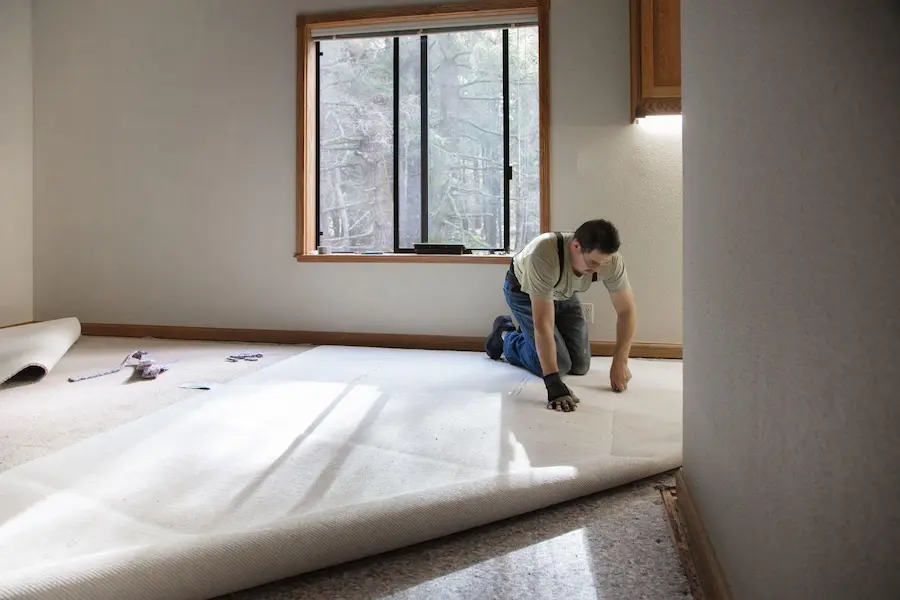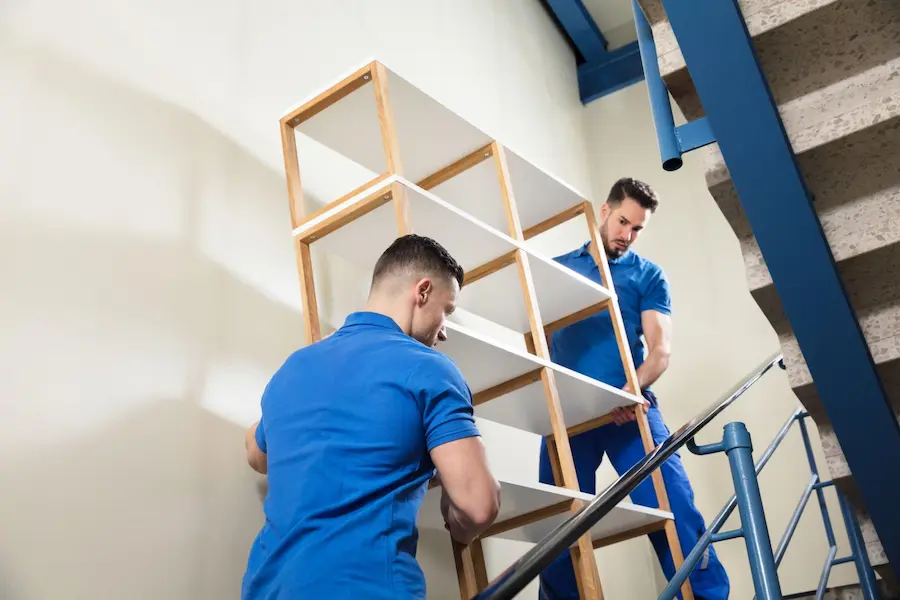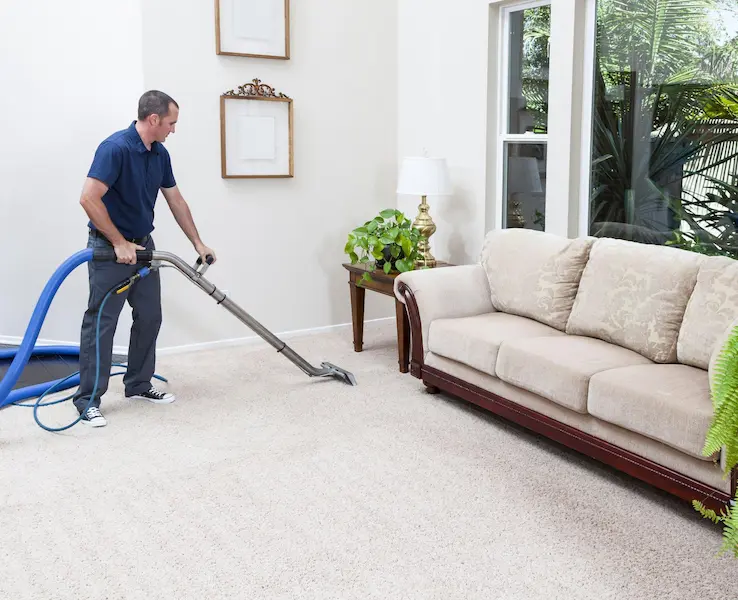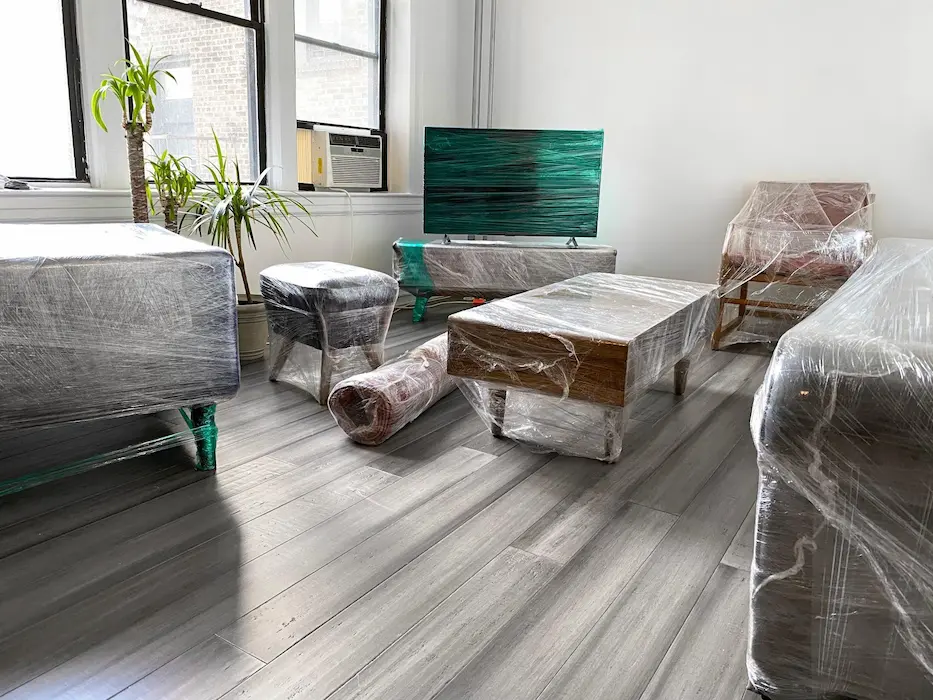Moving to a new house can be an exciting adventure. Still, it often involves a lot of heavy lifting, rearranging furniture, and potentially damaging your carpet and floors in the process. Protecting your flooring from scratches, stains, and other damage during the moving process is important. In this article, we will provide you with some valuable tips on how to protect your carpet and floors when moving.
Gather Necessary Supplies
Before protect your floors when moving, ensure you have the necessary supplies to protect your carpet and floors. This includes furniture sliders, moving blankets or old bedsheets, packing tape, cardboard, and bubble wrap.
Prepare the Floors
Start by thoroughly cleaning your floors before protecting your floors when moving. This will help prevent dirt and debris from scratching or staining your carpet or hard floors. Additionally, consider applying a protective floor covering, such as adhesive plastic film or rosin paper, to provide an extra layer of protection.
Use Furniture Sliders
Furniture sliders are an excellent tool for moving heavy furniture without causing damage to your floors. Place them under the legs or corners of the furniture pieces to minimize friction and make it easier to slide the furniture across the room.
Utilize Protective Coverings
Cover your carpet and floors with moving blankets or old bedsheets to shield them from scratches, spills, and other potential damage. Secure the coverings using packing tape to keep them in position during moving.

Wrap Furniture Legs
To prevent furniture legs from scratching or denting your floors, wrap them with bubble wrap or old towels. Secure the wrapping with tape, ensuring it’s snugly fitted around the legs.
Floor Protector Cardboard
A floor protector cardboard is a practical and convenient solution to safeguard your floors from scratches, dents, and spills. Made from sturdy, high-quality cardboard material, this protective covering is specifically crafted to endure the weight of heavy furniture, equipment, or foot traffic. It provides a temporary barrier shielding your floors during construction projects, home renovations, or furniture moving. You can also use floor protector paper for to protect your floors when moving.
Be Mindful of Heavy Items
Take extra caution when moving heavy items to protect your floors when moving, such as appliances or large furniture. Use a dolly or get assistance from others to avoid putting excessive weight and strain on your carpet or floors.
Remove Shoes Inside
Implement a “no shoes inside” policy during the moving process. Shoes can track in dirt, mud, and debris, potentially damaging your carpet and floors. Provide shoe covers or ask movers and helpers to remove their shoes before entering the house.
Lift and Carry with Care
Use proper lifting techniques to avoid accidental drops or bumps when lifting furniture or boxes. Bend your knees, keep your back straight, and lift with your legs, distributing the weight evenly to protect your floors when moving.

Avoid Dragging Furniture
Dragging furniture across the floor can lead to scratches and scuffs. Instead, lift and carry the furniture whenever possible. If moving heavy pieces becomes challenging, place a blanket or rug underneath to create a sliding surface.
Secure Loose Items
Before moving any furniture or boxes, ensure that loose items, such as decorative pieces or table accessories, are properly secured. This prevents them from shifting and potentially causing damage to your carpet or floors during transportation.
Clean as You Go
During the moving process, cleaning up any spills or messes immediately is important to protect your floors when moving. Accidents happen, but addressing them promptly prevents stains from settling into your carpet and prevents damage to your floors.
Professional Carpet and Floor Cleaning
Once you’ve completed the move, consider hiring professional carpet and floor cleaners to thoroughly clean your flooring. They have the expertise and specialized equipment to remove any stubborn stains or deep-seated dirt, ensuring your carpet and floors are restored to their original condition.

Conclusion
Protecting your carpet and floors when moving is essential to maintain longevity and appearance. Following the tips outlined in this article, such as using furniture sliders, protective coverings, and practising careful lifting techniques, you can safeguard your flooring from scratches, stains, and other damage throughout the moving process.
Man and Van provide you with moving and furniture removal services safely and effectively. It helps you to save your floor and furniture from any scratch or damage.
FAQs
How do I prevent scratches on hardwood floors when moving furniture?
To prevent scratches on hardwood floors, use furniture sliders or place rugs or blankets underneath the furniture before moving it.
Can I use cardboard as a floor protector during a move?
Yes, cardboard can be used as a temporary floor protector during a move. Place large pieces of flattened cardboard in high-traffic areas to prevent dirt and scratches on your floors.
Should I hire professional movers to protect my carpet and floors?
Hiring professional movers can be beneficial, as they have the experience and expertise to protect your carpet and floors during moving.
How can I protect my floor?
You can use rugs or mats in high-traffic areas to protect your floor, avoid dragging heavy objects across the floor, use furniture pads or felt protectors under furniture legs, and clean up spills immediately to prevent damage.
How do I protect my laminate floors when moving?
You can protect your laminate floors by using furniture sliders or dollies to move heavy items, placing cardboard or Masonite sheets on the floor.
How do I protect my floor from heavy furniture?
To protect your floor from heavy furniture, you can use furniture pads or felt protectors under the legs of the furniture, to avoid dragging or sliding the furniture.



